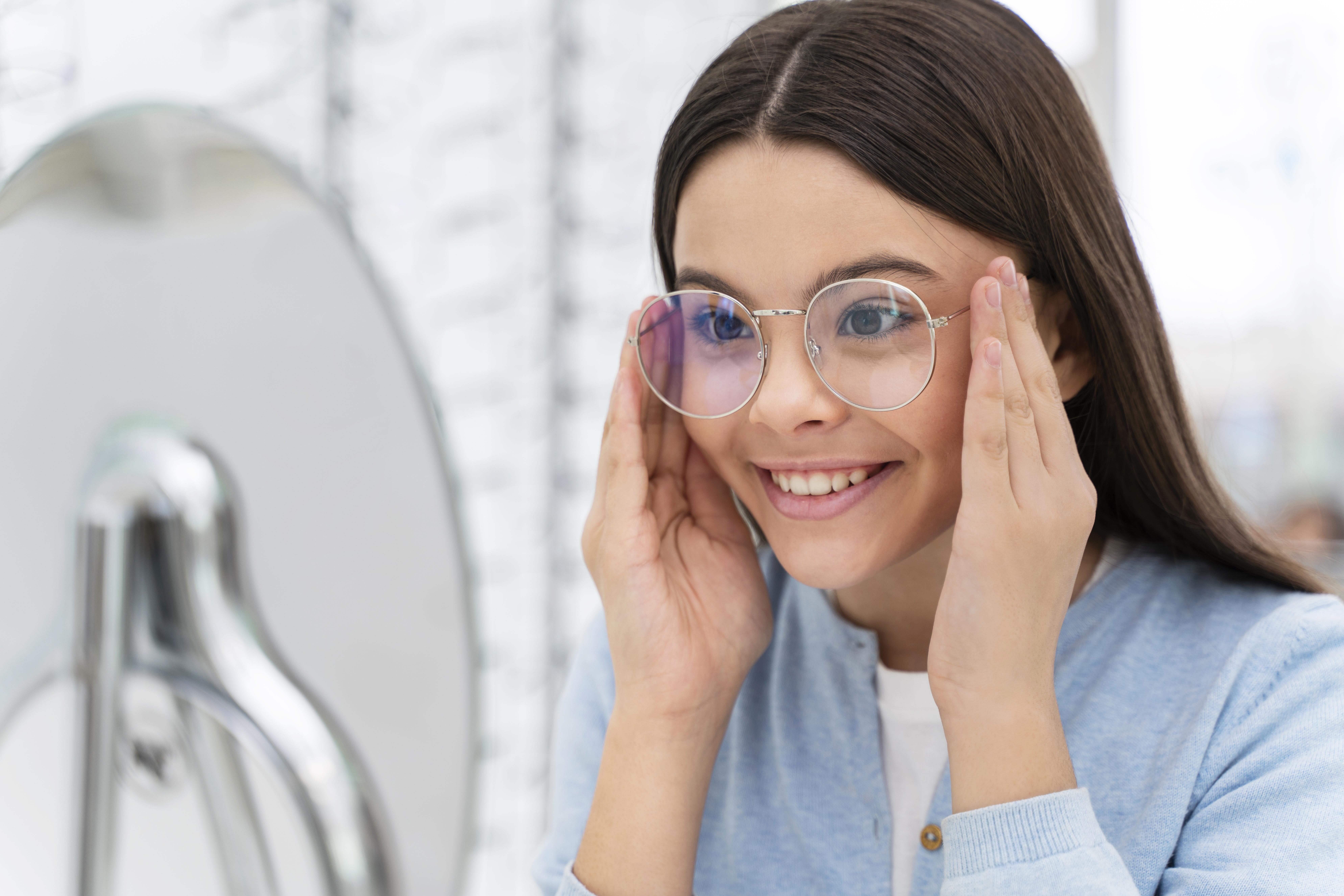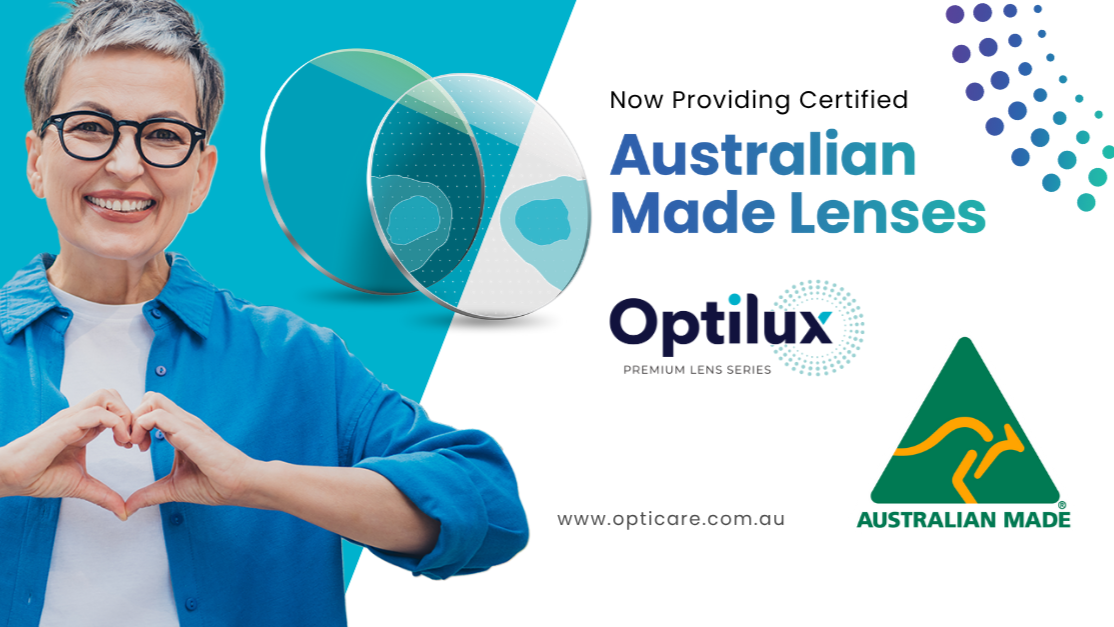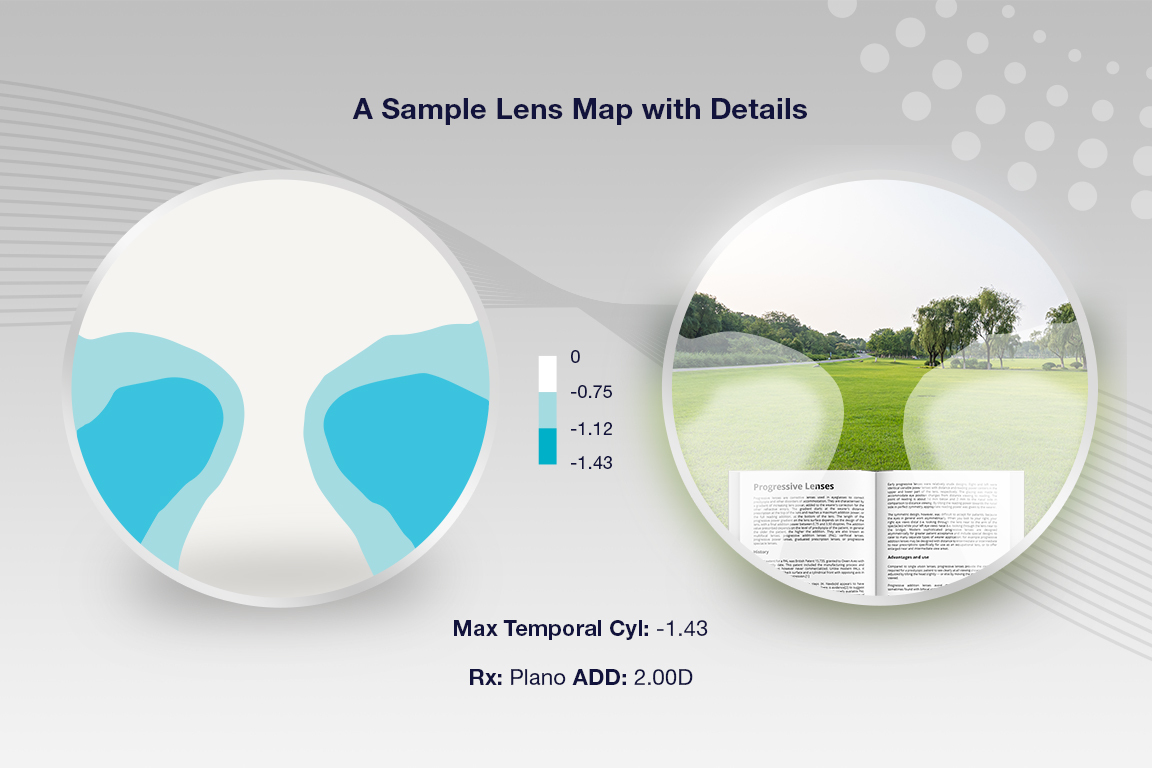With myopia projected to affect half of the world’s population by the year 2050,1 clinicians and researchers have been scrambling to find a way to change the future. This has turned into a global movement known as myopia management or myopia control, which, unless you’ve been living on a remote island with no outside communications for the last decade, would be terms well-familiar to you.
Spectacle lenses for myopia management have the benefit of being a familiar treatment for patients and, importantly, their parents. They are also non-invasive and come with low to no risk, especially when compared to the profile of potential side effects that come with other strategies, such as contact lenses or orthokeratology. Here is a useful summary of spectacle lenses for managing myopia.
When Should You Prescribe Glasses?
Spectacles are likely to play a role in some form or another when it comes to managing a progressive myope. This is because even in patients to whom you’ve prescribed some other form of myopia control, such as contact lenses or atropine, glasses are still useful as either a backup or to correct the existing ametropia.
Single Vision Spectacle Lenses
When it comes to single vision spectacle lenses, it’s been well-established that they provide no utility in slowing the rate of myopia progression.2 Therefore, they should never be recommended as a “treatment” for a progressive myope. However, there are still occasions where you do dispense a pair of single vision glasses, such as for patients on atropine (assuming no loss of accommodation requiring a progressive lens). Other scenarios include patients in myopia control contact lenses who may just need a pair of single vision distance glasses to allow better acuity for those moments their eyes need a break from their contacts in the evening or as a backup for children in ortho-k.
Progressive and Bifocal Spectacle Lenses
The use of progressive addition lenses (multifocals) and bifocal spectacle lenses has yielded varying results when it comes to myopia management. When a single blanket add in a multifocal lens is applied to all children, studies demonstrated negligible effects for delaying the rate of myopia progression. However, if selectively prescribed to children with esophoria and an accommodative lag, the efficacy of multifocal spectacles becomes much more significant at 30-40%.2
Research indicates that bifocal lenses may be a more useful option compared to progressive addition lenses, particularly if a base-in prism is incorporated, with one study demonstrating a 40-50% decrease in myopia progression. The use of the prism in the bifocal was not to necessarily alleviate an existing binocular vision disorder but more to balance the accommodative and vergence systems.2
Based on this, it could be reasonable to recommend a multifocal spectacle lens for myopia control patients with high accommodative lag and esophoria. Patients with accommodative lag and of any phoria status can be considered for prismatic bifocals.2 Using multifocals and bifocals can be considered particularly in regions where specially designed myopia control spectacle lenses may be unaffordable or unavailable. More details on the prescribing of progressive addition and bifocal spectacle lenses for myopia control can be found on the Myopia Profile website here.
Myopia Control Spectacle Lenses
There are an increasing number of specialised myopia control lens designs arriving on the market. Different designs have demonstrated varying levels of efficacy in slowing myopia progression, but all are considered to be significant. Compared to progressive addition lenses and bifocals, certain myopia control spectacle lenses (specifically those based on defocus incorporated multiple segments and highly aspherical lenslets) have demonstrated superior efficacy in myopia control.3 If practitioner experience, costs, availability and accessibility of these lenses allow, specifically designed myopia control spectacle lenses could be considered as first choice over other spectacle options.
How Do Myopia Control Spectacle Lenses Work?
There are a number of specially designed spectacle lenses demonstrating promising results for managing myopia. Some are still under trial to gather more data about efficacy, while others have been used by clinicians for some time now.
Spectacle lenses designed for myopia control are largely based on the simultaneous myopic retinal defocus theory. This refers to the concept of the lens providing two planes of focus – one on the retina (to correct myopic blur) and the other in front of the retina (for myopic defocus as a disincentive for progressive axial elongation).4 The following is a summary of the myopia control spectacle lenses currently available.4,5
Defocus Incorporated Multiple Segments (DIMS)
This is the technology employed by Hoya for their MiyoSmart lens. The lens is comprised of a clear central optical zone surrounded by a midperipheral annular zone of multiple segments of relative positive power.
Highly Aspherical Lenslets (HAL)
In contrast to the DIMS design, the lenslets are arranged in rings surrounding a clear central zone but extend all the way up to the edge of the lens. The lenslets vary in power across the rings to create what’s called a volume of myopic defocus. Essilor’s Stellest lens uses HAL technology.
Peripheral aspheric design
Zeiss’s MyoVision Pro lens is based on the peripheral defocus theory. A clear central zone corrects the myopic blur while the surrounding relative positive power of the peripheral zone induces myopic defocus.
Diffusion Optics Technology (DOT)
One of the newest approaches to myopia management in spectacle lenses, DOT is found in the lenses produced by SightGlass Vision. DOT is based on reducing the contrast differential between adjacent photoreceptors by incorporating a peripheral zone of non-refractive dots that diffuse light around a clear central zone in the lens.
Other Myopia Control Spectacle Lenses
Two new spectacle lenses for myopia control have been introduced by Opticare, known as MyOnic and MyoEase. MyOnic is designed with a central single vision zone, surrounded by a midperipheral annulus of positive defocus, and then an outer ring of constant power to allow easier adaptation with ocular movements. MyoEase is similar to the DIMS design, based on the retinal peripheral defocus principle, but instead uses digital engraving technology to create a midperipheral zone of micro-pinholes to create optical defocus.
Summary
Spectacle lenses can be a safe and effective way of delaying the rate of progression in young, progressing myopes and has the additional advantage of being a less foreign treatment compared to contact lenses or pharmaceutical interventions. As further research and development is underway in this area, keep your eyes peeled.
References
- Holden BA, Fricke TR, Wilson DA, et al. Global Prevalence of Myopia and High Myopia and Temporal Trends from 2000 through 2050. Ophthalmology. 2016;123(5):1036–1042.
- Myopia Profile. When to Prescribe Spectacles for Myopia Control. https://www.myopiaprofile.com/. 2020. Available at: https://www.myopiaprofile.com/when-to-prescribe-spectacles-for-myopia-control/. (Accessed May 2023).
- Review of Myopia Management. Is There a Role for Bifocals or PALS in Myopia Management? https://reviewofmm.com/. 2022. Available at: https://reviewofmm.com/is-there-a-role-for-bifocals-or-pals-in-myopia-management/#:~:text=The%20myopia%20control%20efficacy%20afforded,progressive%20addition%20lenses%20(PALs). (Accessed May 2023).
- Myopia Profile. Spectacle Lenses for Myopia Control Part 3: New Designs and Latest Studies. https://www.myopiaprofile.com/. 2021. Available at: https://www.myopiaprofile.com/myopia-control-spectacles-part-3-new-designs-latest-studies/. (Accessed May 2023).





